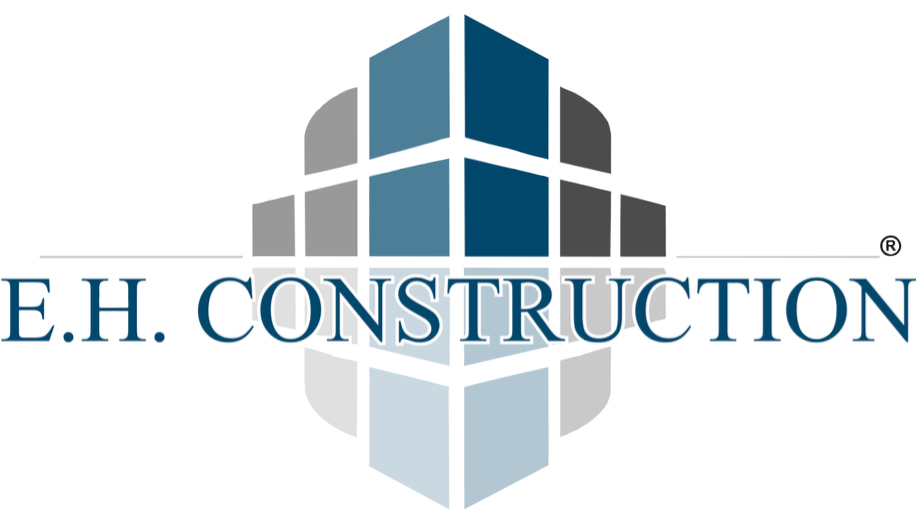Why Cheaper Isn’t Always Cheaper in Construction
Avoiding Costly Mistakes by Choosing the Right Pros from the Start
Let’s face it: we all love a good deal. Whether it’s scoring a discount on a new tool or finding a cheaper takeout spot near the construction site, saving money feels good. But when it comes to building construction, choosing the cheapest option can end up being the most expensive mistake you'll ever make.
The Myth of “Cheaper”
You’re reviewing bids for your custom home build and one contractor comes in at $150,000 less than the others. Seems like a no-brainer, right? Wrong. That rock-bottom number might not include essential elements like flashing, felt (underlayment), or even a properly engineered foundation. And if your project is on expansive soils? Better hope they know what a footer (footing) is.
That’s when the “cheaper” route turns into a budget-eating monster.
Cheap Labor, Expensive Regrets
Sure, your cousin’s friend might know a guy who says he can do the job for half the cost of a licensed general contractor. But does he understand framing, floating, or how to properly install fire-resistive (fire-rated) materials? Will he pull permits? Provide a daily report? Use ready mix concrete with the correct PSI for your grade? Probably not.
And when your fascia starts warping or your form blows out mid-pour, who’s on the hook?
(Hint: it’s you.)
Materials Matter
You saved a few bucks using off-brand supplies instead of green board (pressure-treated lumber). Now your walls are warping, your frieze board (bird block) is home to insects, and your attic looks like a swamp. Going with cheaper materials might shave a bit off the upfront cost to build a house, but you’ll pay it back (plus interest) in repairs.
The right construction company knows that better materials mean longer-lasting results. Home builders who cut corners on materials aren’t saving you money—they’re just setting you up for a redo.
Good Builders Use Good Systems
Ever heard of CAD (computer-aided design)? Or BIM (building information modeling)? Professional contractors use these tools to plan every detail of your floor plan, down to where each GFCI (ground fault circuit interrupter) and glulam (glued laminated beam) will go. That cheap crew? They might just be winging it with a pencil and a dream.
Reliable builders think through cost codes, plan for change orders, and don’t disappear when a surprise inspection shows up. They use forced air heating/cooling layouts that actually match the blueprints. You’re paying for their experience, accuracy, and ability to prevent mistakes before they cost you double.
The True Cost of “Cheap”
Think of it like this: would you hire the cheapest surgeon? Trust the lowest bidder to fly your plane? Then why trust a lowball bid for the most expensive investment of your life—your home?
In construction, “cheap” can mean delays, change orders, unsafe work, legal issues, and a final product that doesn’t meet code (or your dreams). A real construction worker knows the grade, understands the grain, and brings more to the table than just a hammer.
Whether you're working with L&T Construction on a passive house, or just trying to get your flatwork done right the first time, it pays—literally—to hire professionals.
What To Look For Instead
Licensed and insured general contractors
Clear, itemized bids with no mystery costs
Familiarity with building codes, flashing, and other fine details
Use of CAD, BIM, and other planning tools
References from other happy home builders
Ask questions. Look for experience. And don’t let your blueprints become a blueprint for disaster.
Final Word
Next time you're tempted by that too-good-to-be-true price, remember: in construction, cheaper often means doing it twice. And that’s never cheap.
So hire smart. Build strong. And keep your project out of the damp proofing disaster zone.
Because when it comes to building your dream home? Quality isn’t expensive—it’s priceless.

